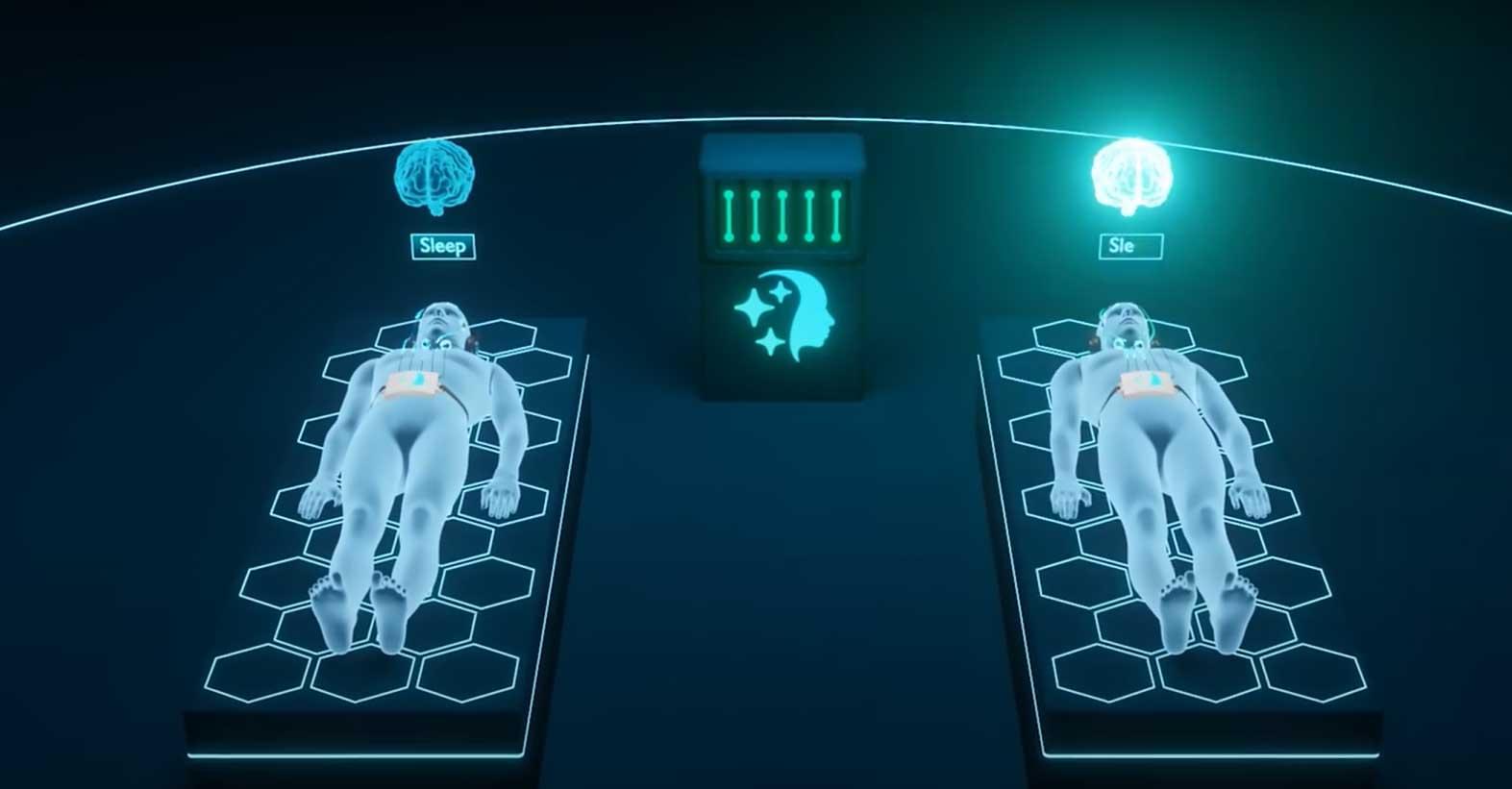Researchers have created a new AI algorithm called Torque Clustering, which greatly enhances an AI system’s ability to learn and identify patterns in data on its own, without human input.
Researchers have developed a new AI algorithm, Torque Clustering, which more closely mimics natural intelligence than existing methods. This advanced approach enhances AI’s ability to learn and identify patterns in data independently, without human intervention.
Torque Clustering is designed to efficiently analyze large datasets across various fields, including biology, chemistry, astronomy, psychology, finance, and medicine. By uncovering hidden patterns, it can provide valuable insights, such as detecting disease trends, identifying fraudulent activities, and understanding human behavior.









